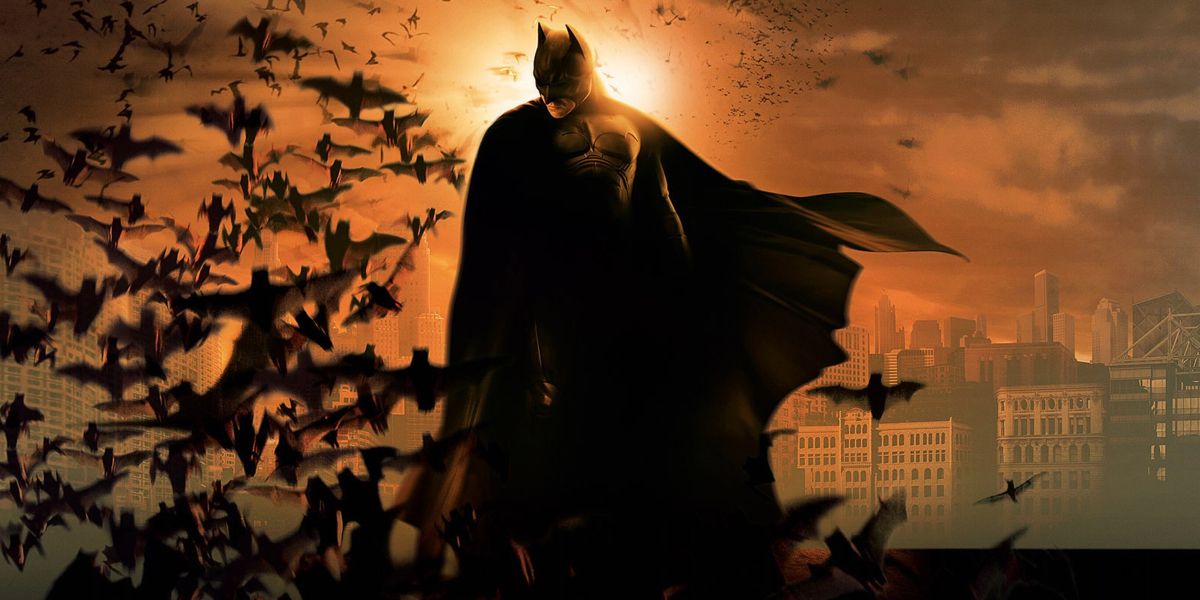
Between Superman, Batman, Wonder Woman, and countless others, DC movies have brought many of the entertainment industry's most popular characters to the big screen. While some of these movies, such as The Dark Knight and Wonder Woman, are regarded among the best superhero films of all time, many fans argue about the quality of others. Some are criticized for straying too far from the comics, while others are criticized for being lackluster movies regardless of the source material.
The success or failure of all of these movies has a great deal to do with the CGI used. CGI is critical to making the feats of superheroes and supervillains look convincing. The content may be fantastical, but stellar CGI can make it feel real. The visual design of a character, their costumes, creatures, and the visual effects during fight scenes are among some of the most frequent ways DC films utilize CGI. Despite not using CGI as much as most movies in the superhero genre, Christopher Nolan's Dark Knight trilogy actually had some of the most creatives uses of CGI.
As much as CGI can enhance a movie, it can also detract when used ineffectively. In recent years, this has particularly been a struggle for the villains of the DCEU. Overall, fans have been quite dissatisfied with how CGI has been used to visually create the villains.
Without further ado, let's take a look at the 14 Times Bizarre CGI Hurt DC Movies (And 6 Times It Saved Them).
20 Hurt: Superman's Face (Justice League)

Some fans were cautiously optimistic, while others were apprehensive heading into Justice League. One thing they didn't think they needed to worry about was Superman's upper lip. Henry Cavill was called back for Justice League reshoots, but the problem was that he couldn't shave the mustache he'd grown for his role in Mission Impossible: Fallout.
CGI was used to erase the mustache. However, the effect didn't work so well, as there was something clearly amiss with Superman's face in Justice League's first scene, something which became quite distracting and the butt of many jokes. Folks on the Internet managed to do a better job of making Superman's face look more natural than the actual movie did.
19 Hurt: Doomsday (Batman V. Superman: Dawn Of Justice)
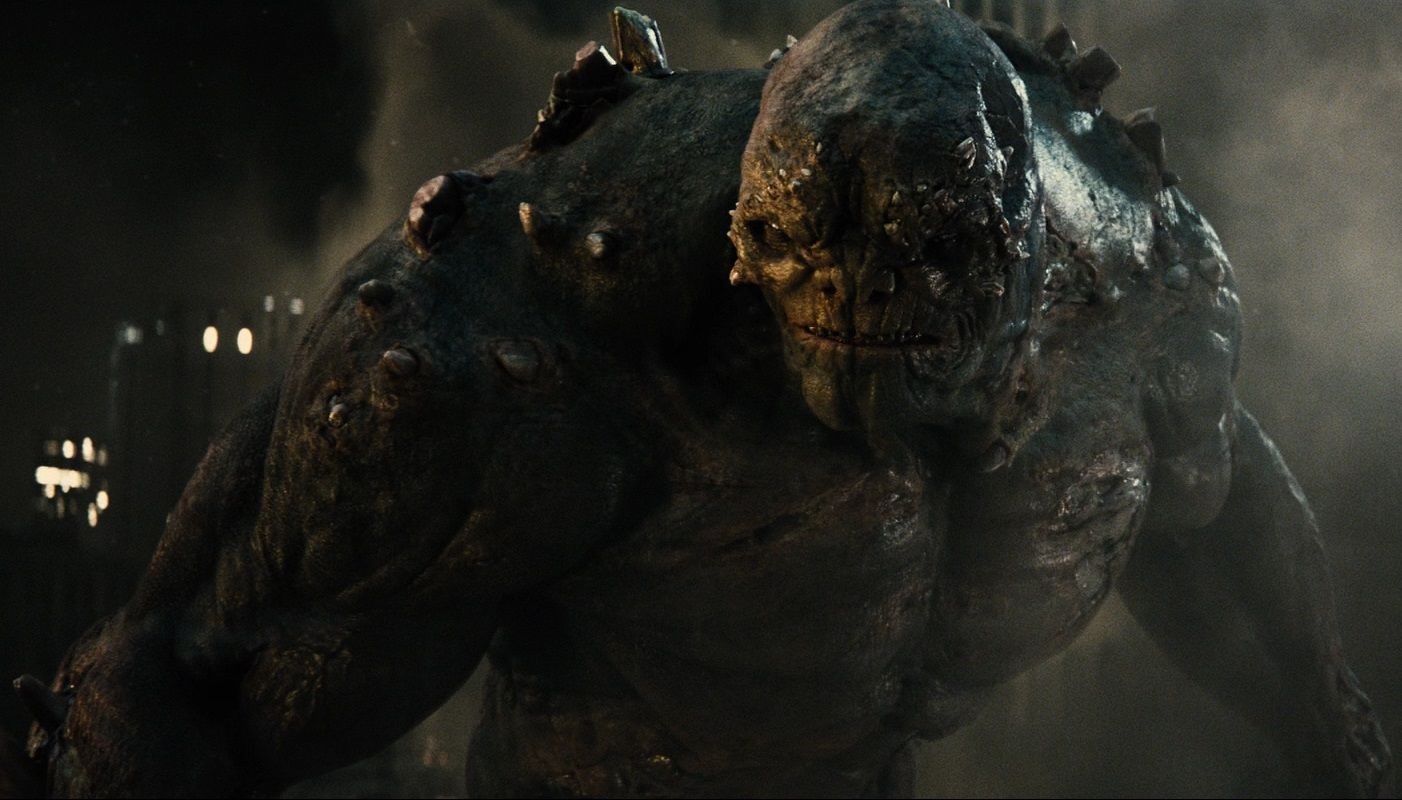
The idea that Superman, Batman, and Wonder Woman would unite for the first time to defeat the monstrous Doomsday was a promising idea for the DCEU. Part of the reason it didn't end up working well in Batman v Superman: Dawn of Justice was because of the design for Doomsday.
Other than the character's gargantuan height, none of the design remotely resembles the character's aesthetic in the comics. Doomsday ended up looking like a generic CGI movie monster instead of like one of DC's most iconic villains. Showcasing Doomsday so heavily in the movie's marketing didn't do DC any favors either, as fans latched onto how unimpressed they were by the CGI used for the character.
18 Hurt: Green Lantern Suit (Green Lantern)
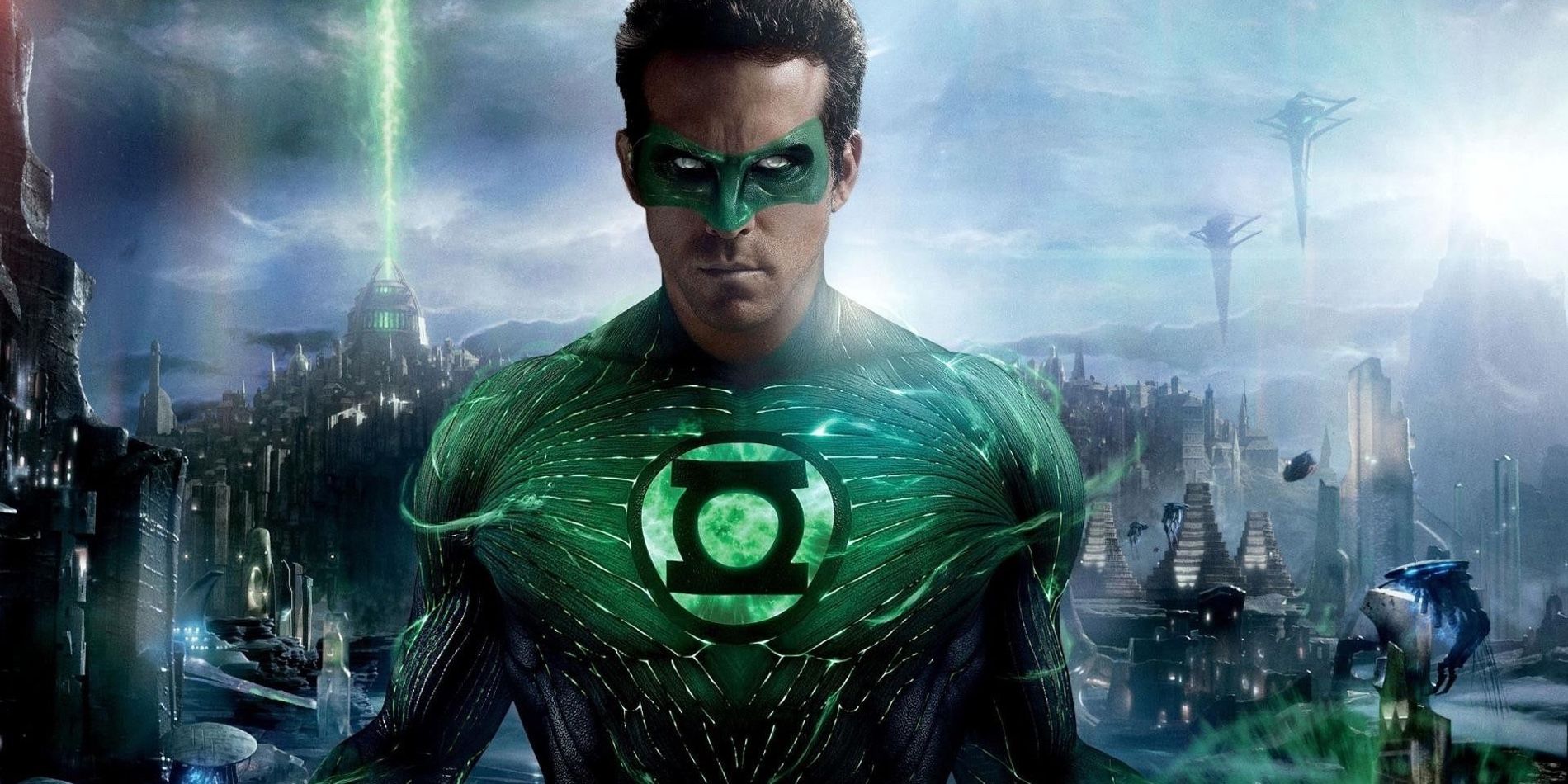
The Ryan Reynolds Green Lantern movie was plagued with so many problems that it's still being made fun of today by Deadpool 2. An issue the movie could've avoided was that of the Green Lantern suit. Instead of a detailed practical suit design, the movie went with a suit made entirely of CGI.
Even before the movie was released and excitement surrounded it, the all-CGI suit decision raised some red flags for fans. They were right to be concerned, as it didn't look natural on the body of Reynolds and served as a constant distraction. The CGI suit looked ridiculous in a movie already bogged down with excessive CGI.
17 Saved: No Man's Land (Wonder Woman)
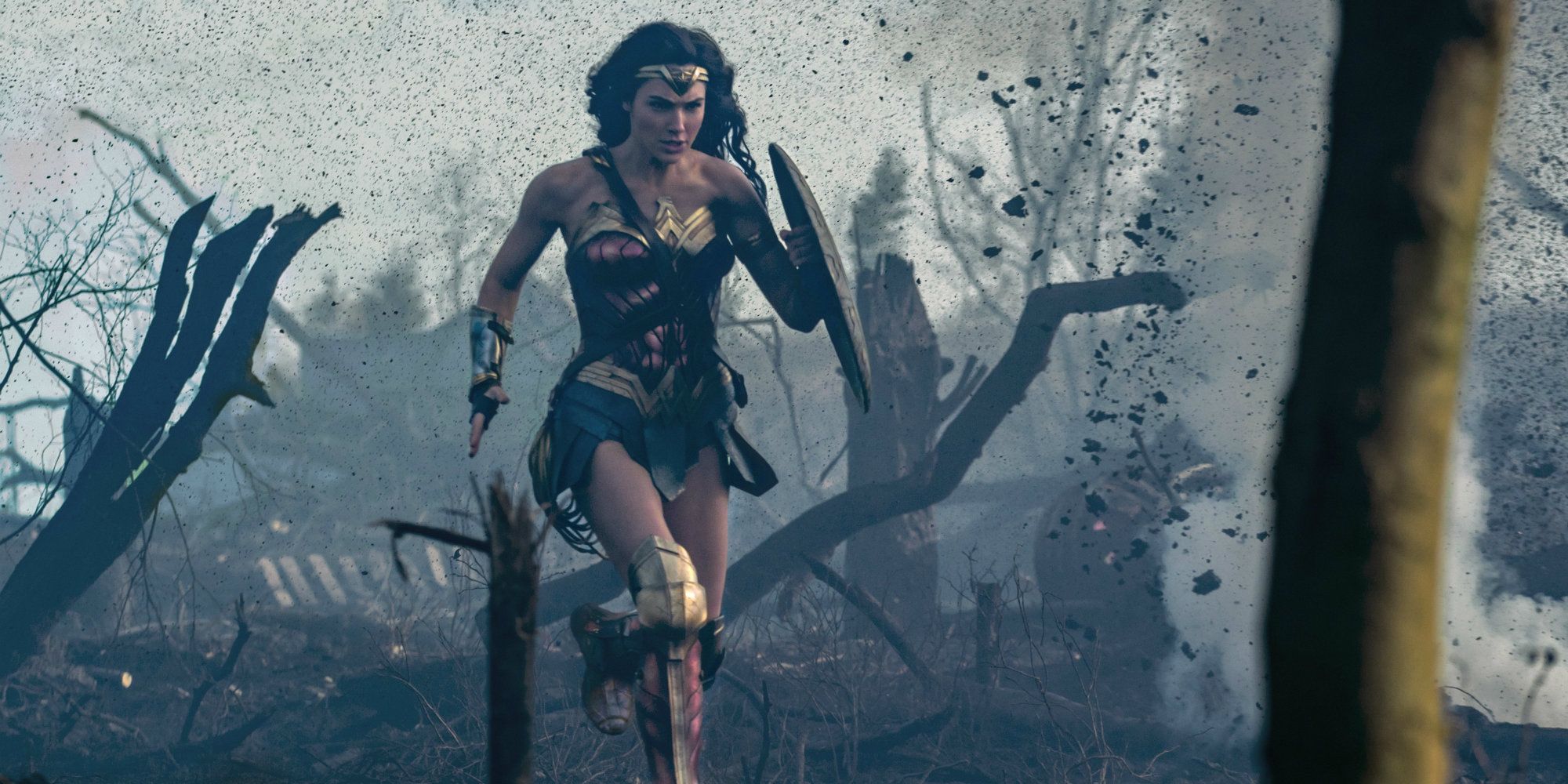
Many consider the No Man's Land scene to be the iconic moment of Wonder Woman and one of the most important scenes in all superhero films. It is a great example of how CGI can be used to enhance and not overtake a scene. The heart of the scene is in Gal Gadot's acting and her character's refusal to back down in order to save innocent lives, daring to enter No Man's Land because she knows she has what it takes to thwart the enemy and turn the tide.
CGI helped make the scene more epic, as it visually enhanced the incredible feats Wonder Woman performs. It helps emphasize the unique way in which she is able to stand up to evil and defend others. Without Gal Gadot's acting, the music, the stunt work, and other crucial elements, the scene wouldn't have been as powerful, something which the CGI contributes to greatly.
16 Hurt: Enchantress (Suicide Squad)
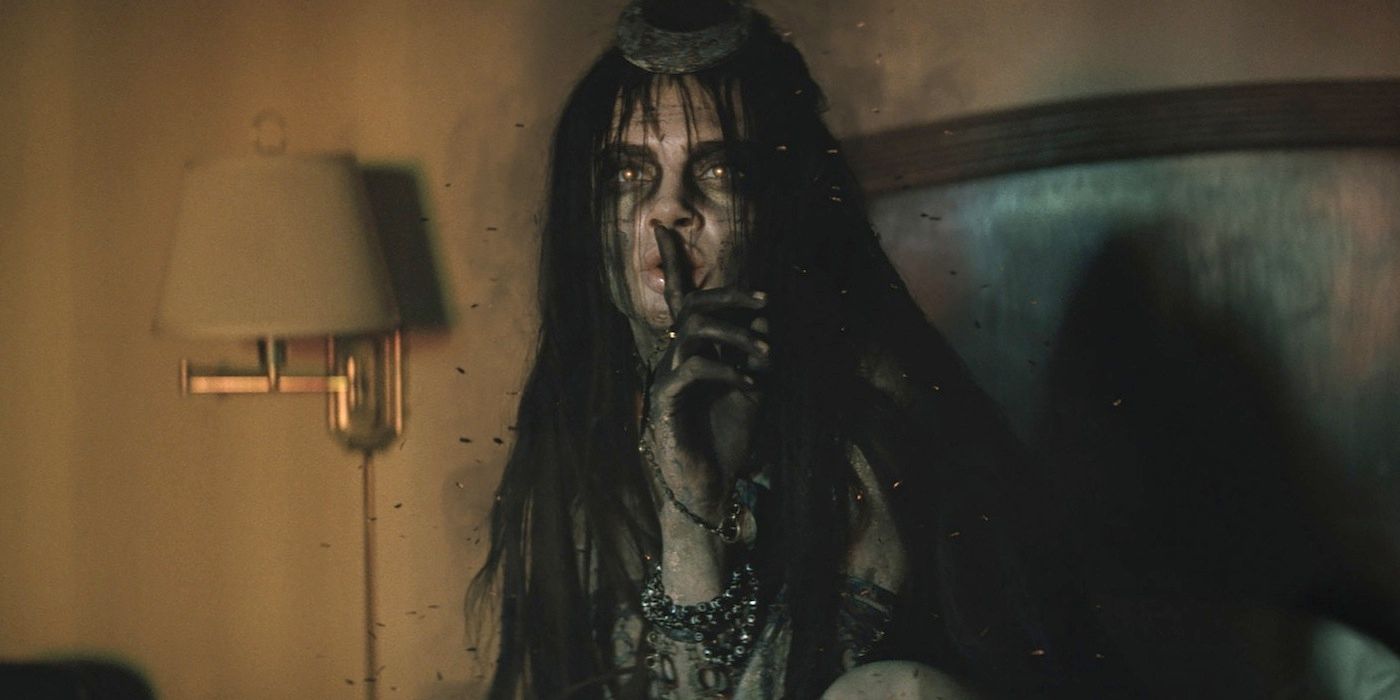
Plenty has been written about the shortcomings of Suicide Squad's script, but the writing suffered even more because of the movie's CGI. The design for the villainous Enchantress was over the top. Her undulating movements were bizarre and didn't really add anything to the story.
Part of the issue as well is that Enchantress was played by talented actress Cara Delevingne. She was so buried in bad CGI that it was difficult for her to deliver the kind of emotionally expressive and powerful performance she's given in the past. In cases like this, CGI becomes problematic rather than helpful when it is restricting an actor's performance.
15 Hurt: Steppenwolf (Justice League)
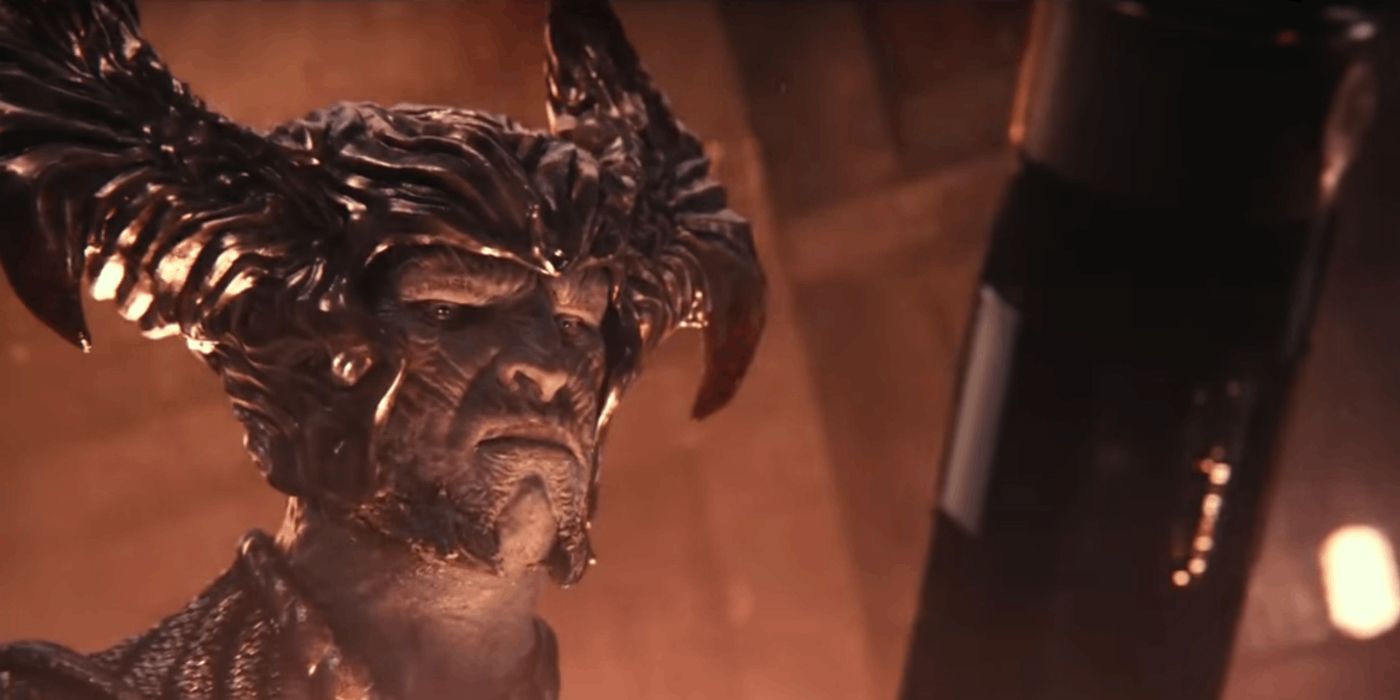
In order to make Justice League work, there needed to be a compelling villain. This would make the unification of the superheroes feel more genuine as they worked together to defeat a worthy antagonist. Steppenwolf had the potential to be this kind of villain. However, many issues stifled his character's potential, one of the biggest ones being the CGI used to design him.
He had a very bland and messy visual aesthetic. His features were not well-defined and, overall, he looked inauthentic in contrast with other modern day supervillains created through CGI like Thanos. Ciarán Hinds is a phenomenal actor but it was difficult for him to give much of a performance underneath this CGI. Redesigns late in production likely contributed to this poorly executed CGI of Steppenwolf as well.
14 Hurt: Nuclear Man (Superman IV: Quest For Peace)
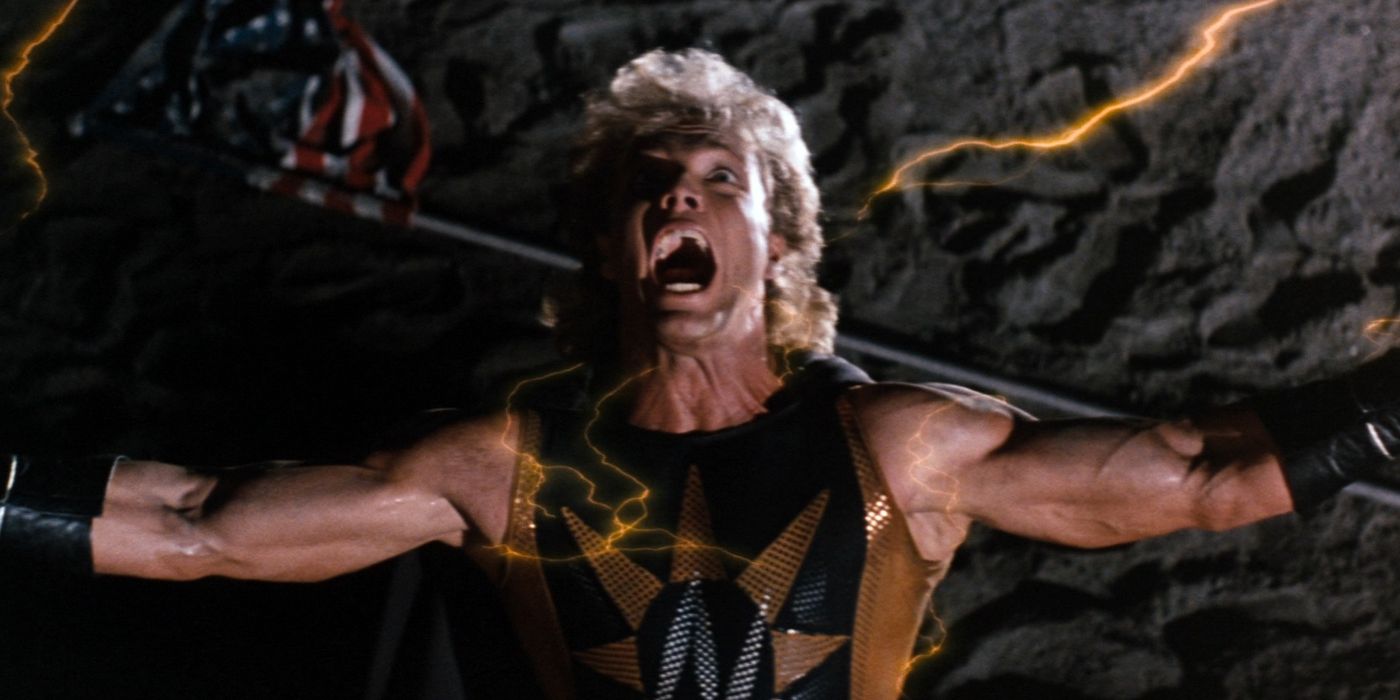
Most of the Christopher Reeve Superman movies are held in high regard. The same can't be said for Superman IV: Quest for Peace, a film that is universally panned by critics and fans. Going in, it had a much smaller budget than the previous Superman films. Inevitably, this meant that the movie would suffer compared to its predecessors.
This led to a lot of laughable CGI, particularly when it came to the film's antagonist Nuclear Man, an individual created by Lex Luthor from the DNA of Superman. The lightning that emanated from his body looked beyond fake. The final fight between Superman and Nuclear Man was supposed to be thrilling, but it was hard to take it seriously with the CGI used for Nuclear Man.
13 Saved: CGI Bats (Batman Begins)

Compared to most superhero movies, Christopher Nolan used very little CGI when making his Dark Knight trilogy. One way in which he did utilize CGI was with the scenes featuring bats in Batman Begins. Only one scene was filmed using live bats. Twenty bats were filmed -- with trainers only releasing four at a time -- in front of a blue screen for the recurring flashback scene where Bruce Wayne encounters bats as a young child.
Meanwhile, CGI was used to create the bats in all the other scenes. Considering how complicated it was to film this one scene, it would've been impractical to film every bat scene with live bats. It's impressive Nolan used so many practical effects, but he was smart enough to use CGI when the alternative was impractical.
12 Hurt: Hector Hammond (Green Lantern)
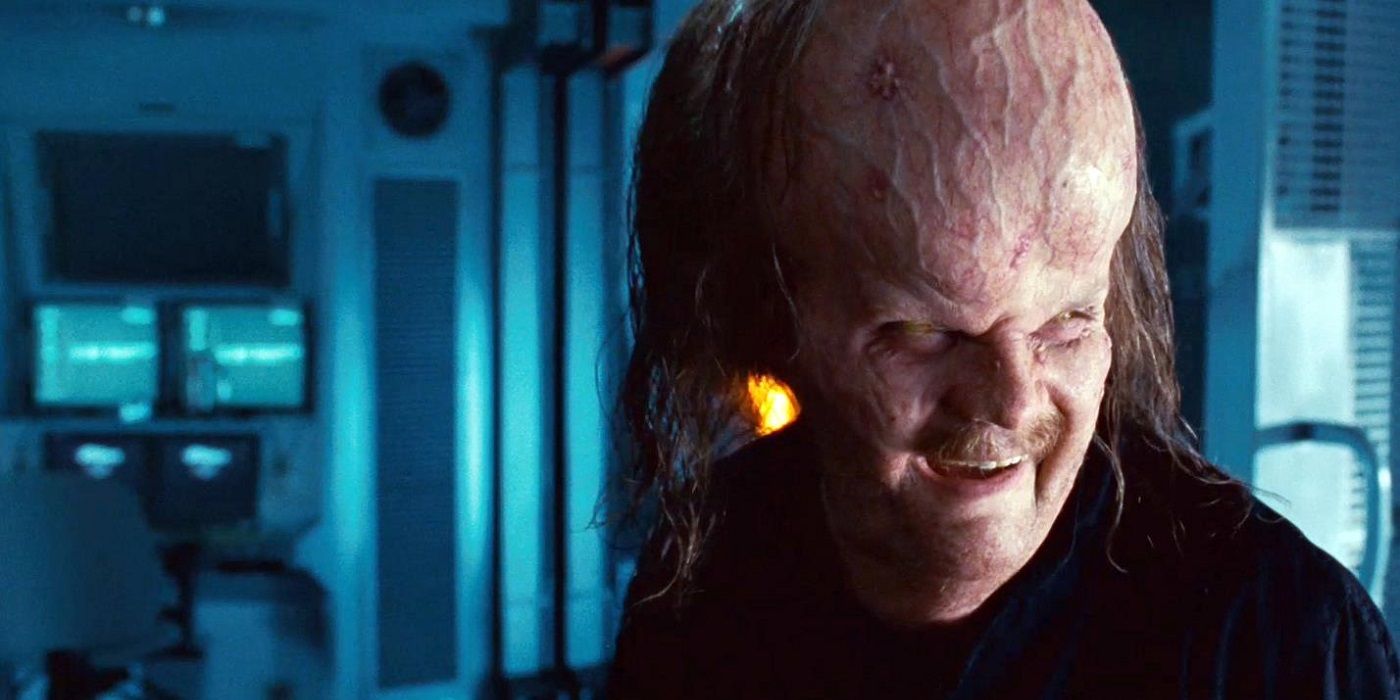
In typical supervillain fashion, Hector Hammond's head grew large after an infection from Parallax DNA. The increased largeness of his head gave him telepathic and telekinetic powers. These events and powers don't change the fact that his oversized head looked ridiculous and cartoonish. Green Lantern was already bogged down with an abundance of problems, so having a villain that looked so ridiculous further diminished the little credibility the movie tried to establish.
There was precedent from the comics for Hammond's character to undergo this journey and have this design. Just because a character looked a certain way in the comics doesn't mean he needed to look that way in the movie, though. A different approach could've been used for the story and CGI design so that his character would translate better on the screen.
11 Hurt: Ares (Wonder Woman)
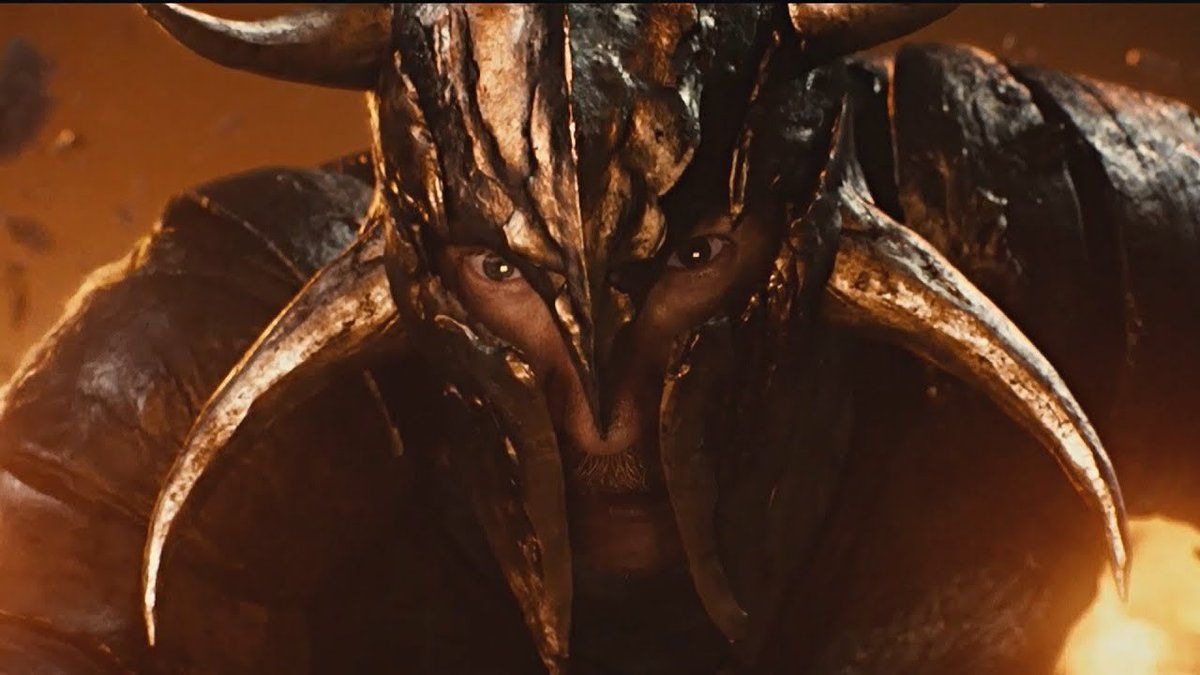
Wonder Woman delivered a fascinating twist when the seemingly well-meaning, yet ineffective politician Sir Patrick Morgan turned out to actually have been Ares in disguise the whole time. David Thewlis was a brilliant casting choice, as many audiences implicitly trusted him from his time as Remus Lupin in the Harry Potter movies. That trust seemed to remain with his portrayal of the kindly Patrick Morgan helping out Wonder Woman, Steve Trevor, and their heroic mission.
As Ares in battle, they tried to bulk Thewlis up and made him be more formidable through CGI. That didn't work so well, however, as his physique didn't look natural with the CGI armor slapped onto his body. It's understandable that they wanted to transform Thewlis into a look more befitting the god of war for his climactic battle with Wonder Woman, but the solution wasn't just encasing the character in hulking CGI armor.
10 Hurt: Supergirl Flying (Supergirl)
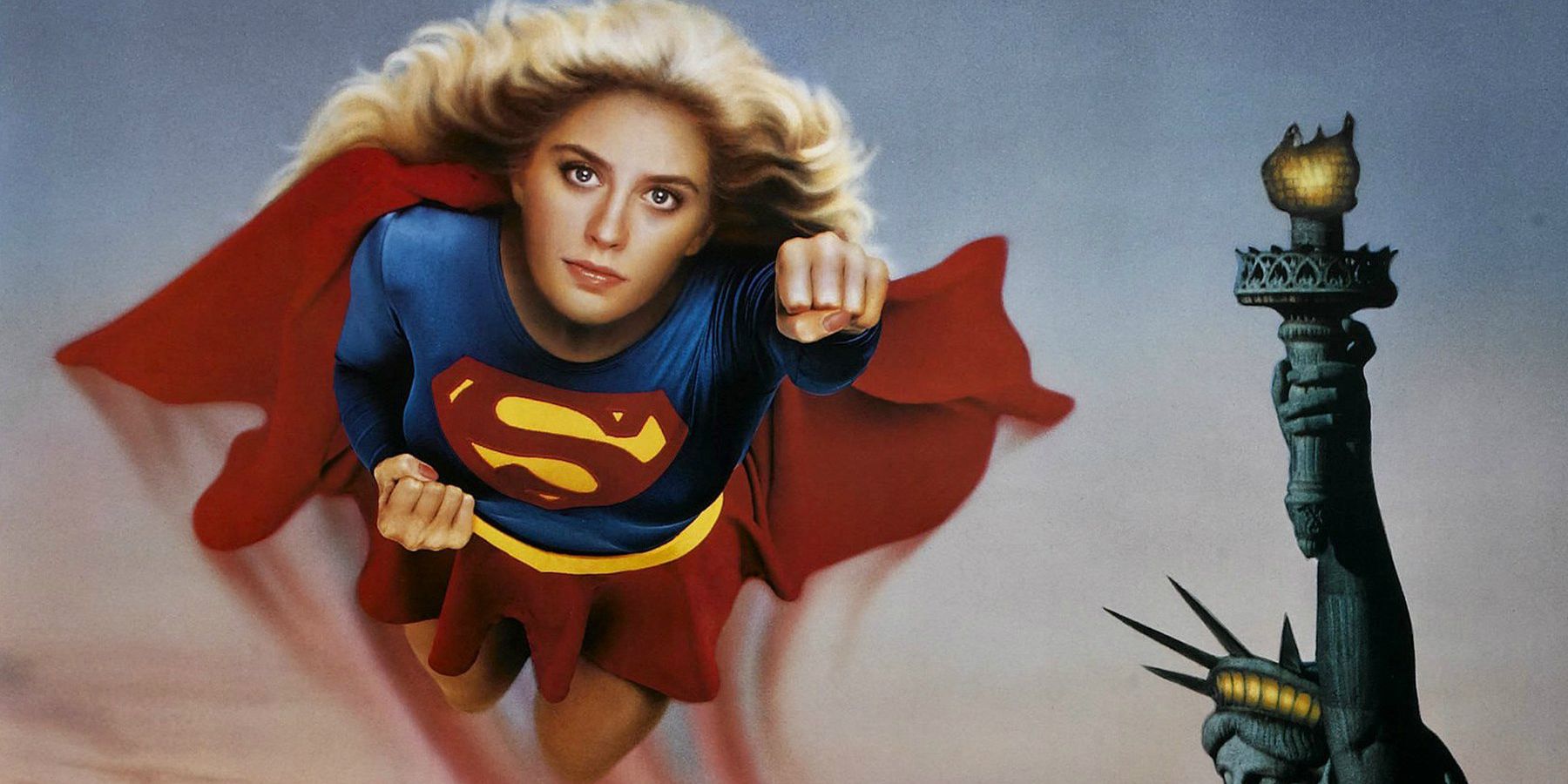
Melissa Benoist has made Supergirl one of the most compelling onscreen female superheroes. Long before the popular television show, there was the 1984 Supergirl movie. Unfortunately, pretty much every scene featuring Supergirl flying looked pretty fake. It's painfully obvious she is in front of a green or blue screen most of the time. At certain points, it almost looks like she was photoshopped into a stock photo, such as the moments when she flies by the Statue of Liberty.
Even in 1984, many critics were unimpressed by these effects, going so far as to call them cheesy. Fortunately the CGI used in the Arrowverse's Supergirl television show is infinitely better and makes the 1984 movie a thing of the past.
9 Saved: Sonar Screen (The Dark Knight)
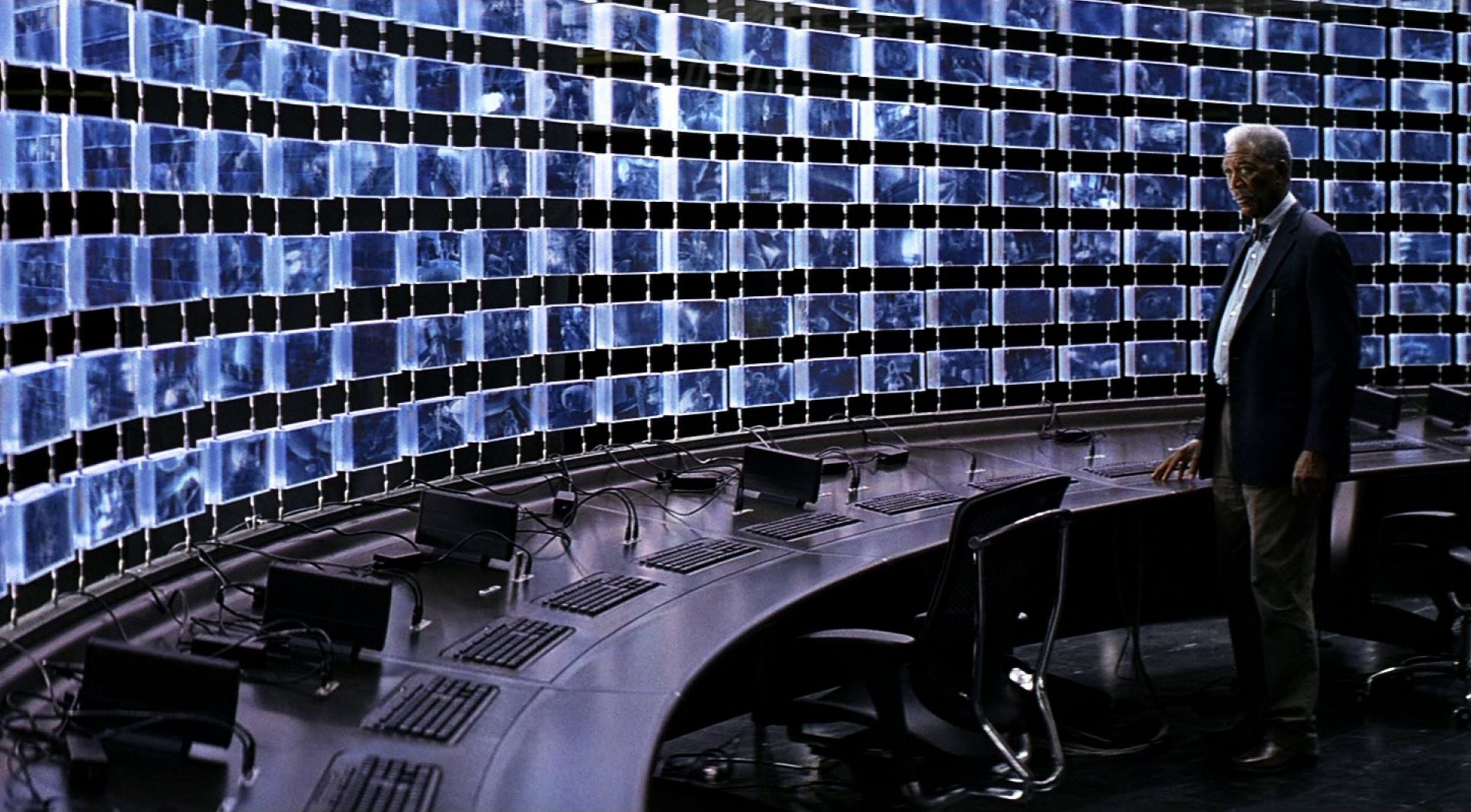
Part of Batman's edge over his adversaries is his relationship with Lucius Fox. Lucius provides Batman with superior technology and can be a helpful voice during the heat of conflict. This was true during The Dark Knight when Batman pursued the Joker and tried to resolve what appeared to be a hostage crisis. Through Lucius' sonar technology, he was able to stay in constant communication with Batman during this and be his eyes and ears in Gotham.
The sonar screen Lucius was looking at was actually just small green screen panels. Morgan Freeman made it look convincing and CGI made the green screen panels look realistic in the final version of the film, all of which contributed to one of the movie's most thrilling scenes.
8 Hurt: Metropolis Destruction (Man Of Steel)
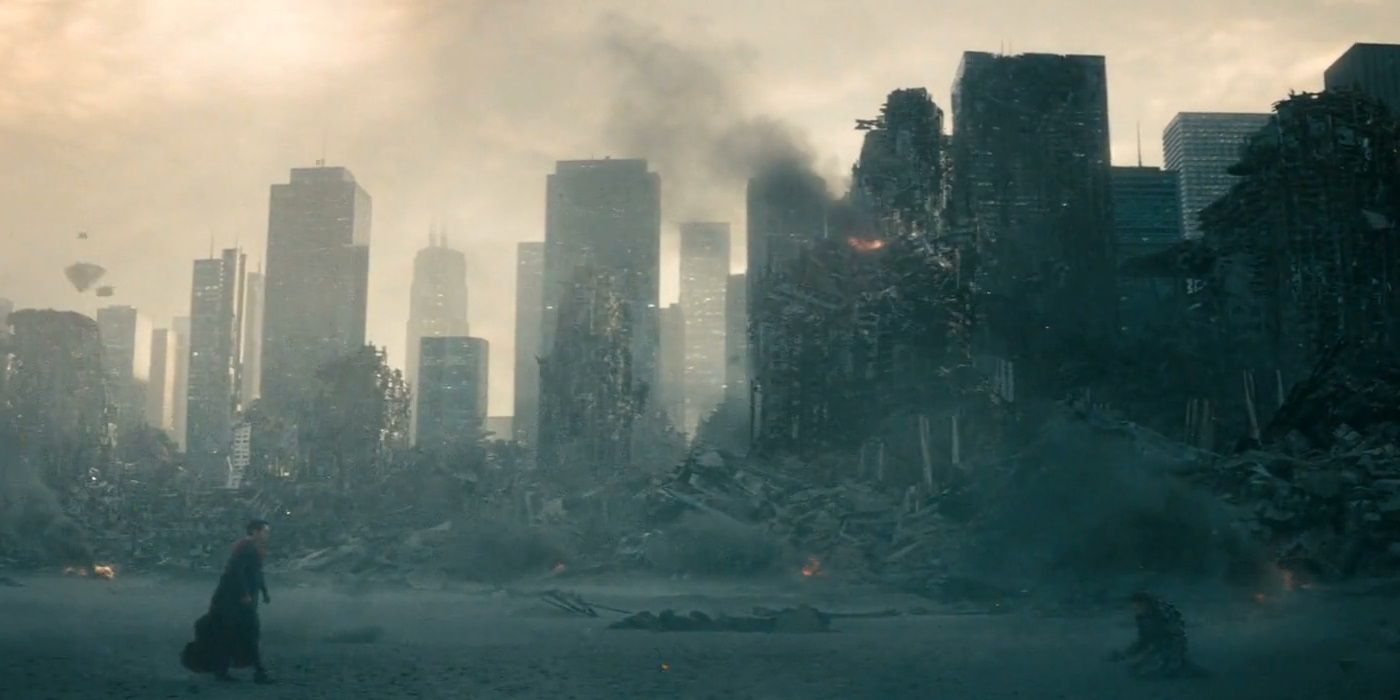
The city of Metropolis gets absolutely trashed in Man of Steel during the climactic battle between Superman and General Zod. The destruction itself looks like convincing CGI. However, the problem is that the destruction didn't need to happen in the first place.
Much has been said about how Superman could've avoided such heavy destruction befalling Metropolis. The unnecessary destruction became such a point of ire that it served as a major plot point in Batman v Superman: Dawn of Justice and a catalyst for the conflict between the Caped Crusader and the Last Son of Krypton. This was only after the fact, though, and in Man of Steel, the destruction just felt like a CGI spectacle with little narrative purpose.
7 Hurt: Incubus (Suicide Squad)
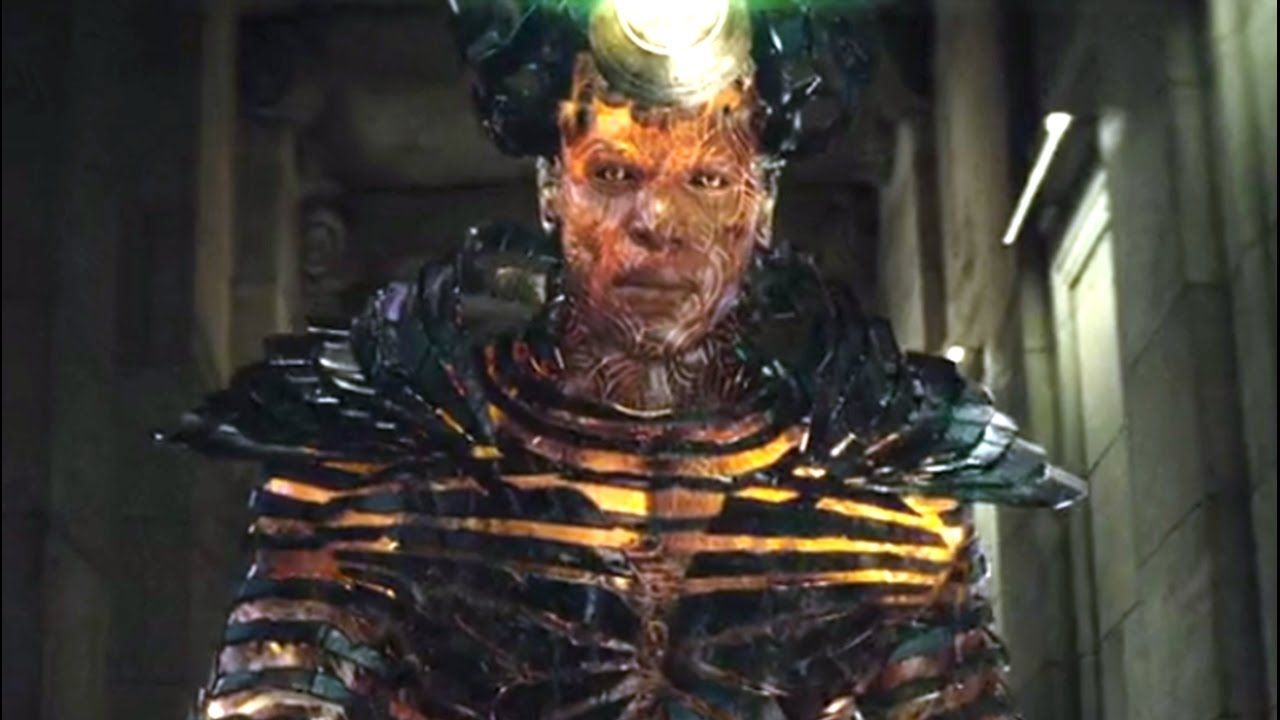
It's supposed to be a plot twist that Enchantress and Incubus ended up being the main antagonists of Suicide Squad. No one was particularly satisfied with this twist, though, largely because the movie didn't do enough to get audiences invested in either one of these characters.
The script doesn't offer much insight into Incubus and why audiences should care about him. His CGI design did little to help with this, as nothing in the movie suggests anything meaningful about him as a character or villain. Despite his powers and the dastardly schemes he tries to enact alongside his sister, he became rather forgettable, even among the staunchest critics of the film, a fact that is contributed to by his CGI.
6 Saved: Creatures Of Krypton (Man Of Steel)
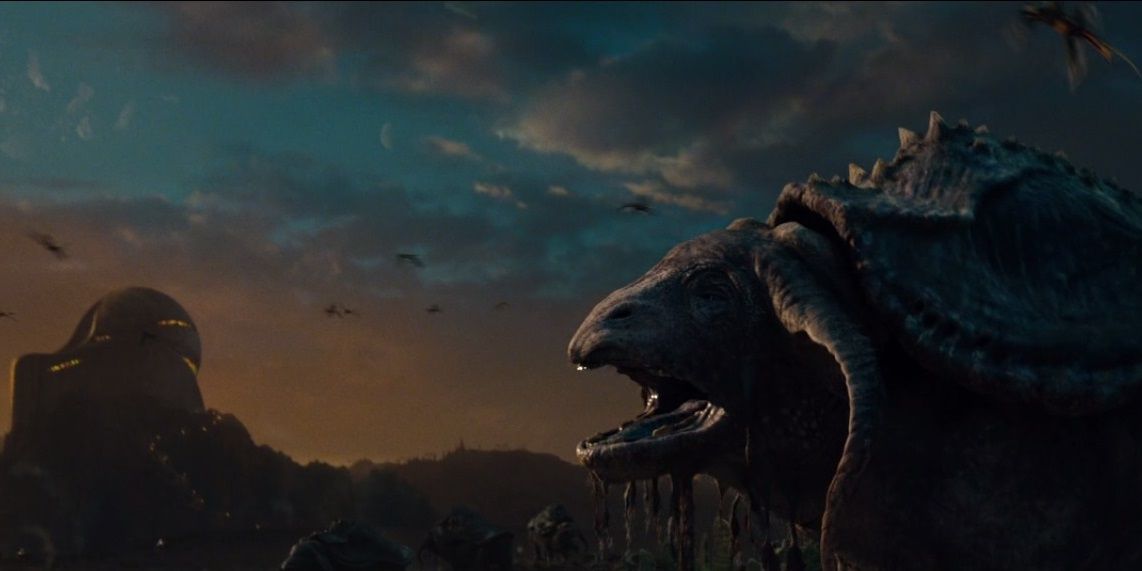
Man of Steel was at its best in the beginning scenes on Krypton. These scenes offered rich world-building that provided tremendous insight into the world where Superman was born. Part of what made this world-building so authentic was the breathtaking CGI used to create the many creatures of Krypton. It felt like a real planet with its own diverse ecosystem.
This also made it feel like more of a genuine tragedy when Krypton was destroyed, as it meant the end of these beautiful, fantastical creatures. Jor-El's bond with the flying creature known as the H'Raka further showed the connection the Kryptonians shared with the animals, which added another layer to the tragedy that befalls Krypton. These layers wouldn't have been possible without the stunning CGI.
5 Hurt: Parademons (Justice League)
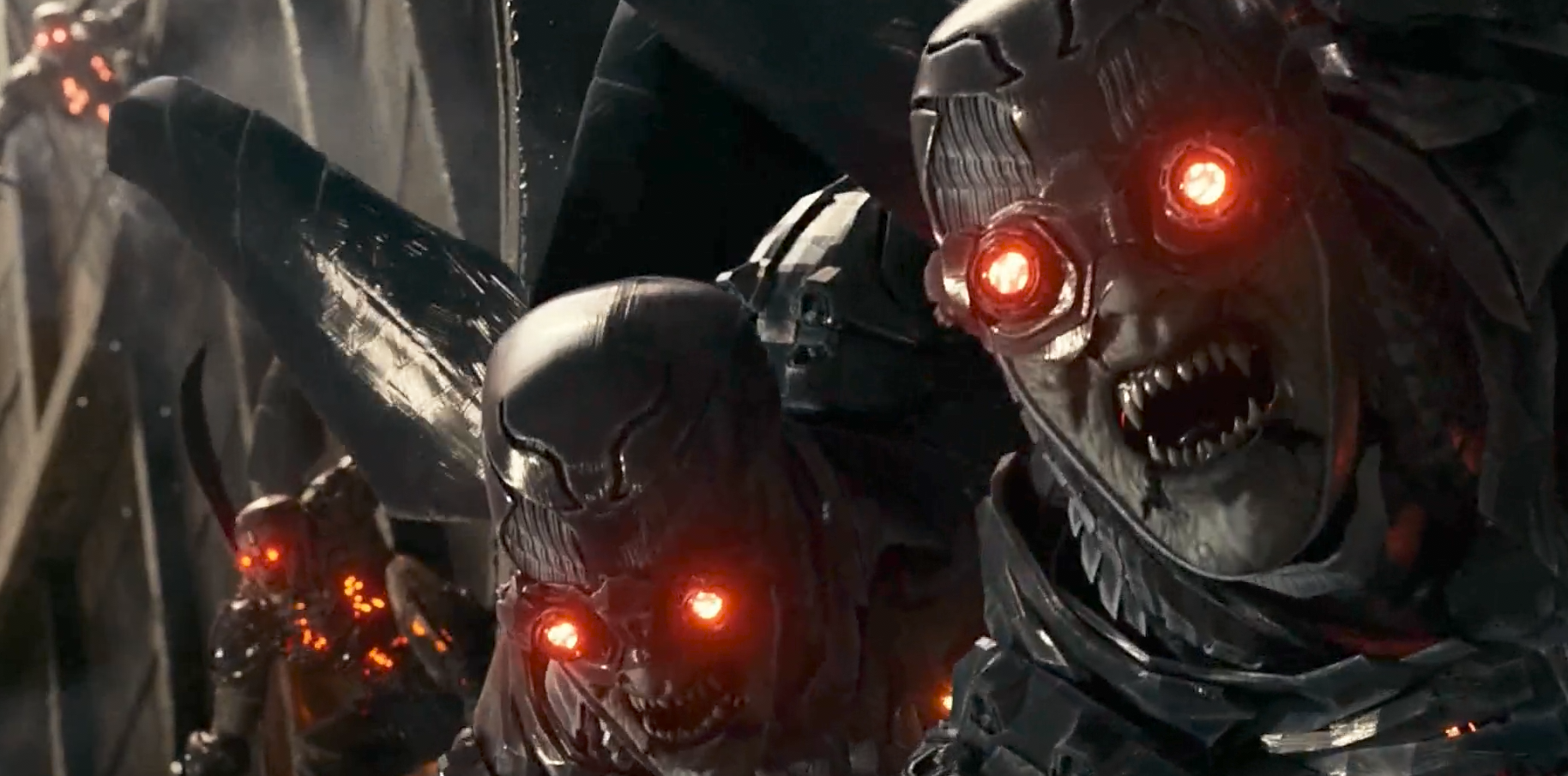
The Parademons in Justice League should've been scary as the demonic soldiers of Steppenwolf. Lackluster CGI prevented this from being the case, though. They're supposed to have an insect-like look, but that approach somehow ended up looking more awkward than chilling. It's off-putting from the beginning scene when Batman captures a Parademon. The inability to make the Parademons look frightening weakened the attempt to make Steppenwolf and his army seem like a legitimate threat.
In the flashback showing the last time Steppenwolf and his Parademons invaded Earth, the transformation process for the Parademons is shown. The CGI in the transformation scene actually looks more convincing than the CGI used for the Parademons throughout the movie.
4 Hurt: Any Scene In Space (Superman IV: Quest For Peace)
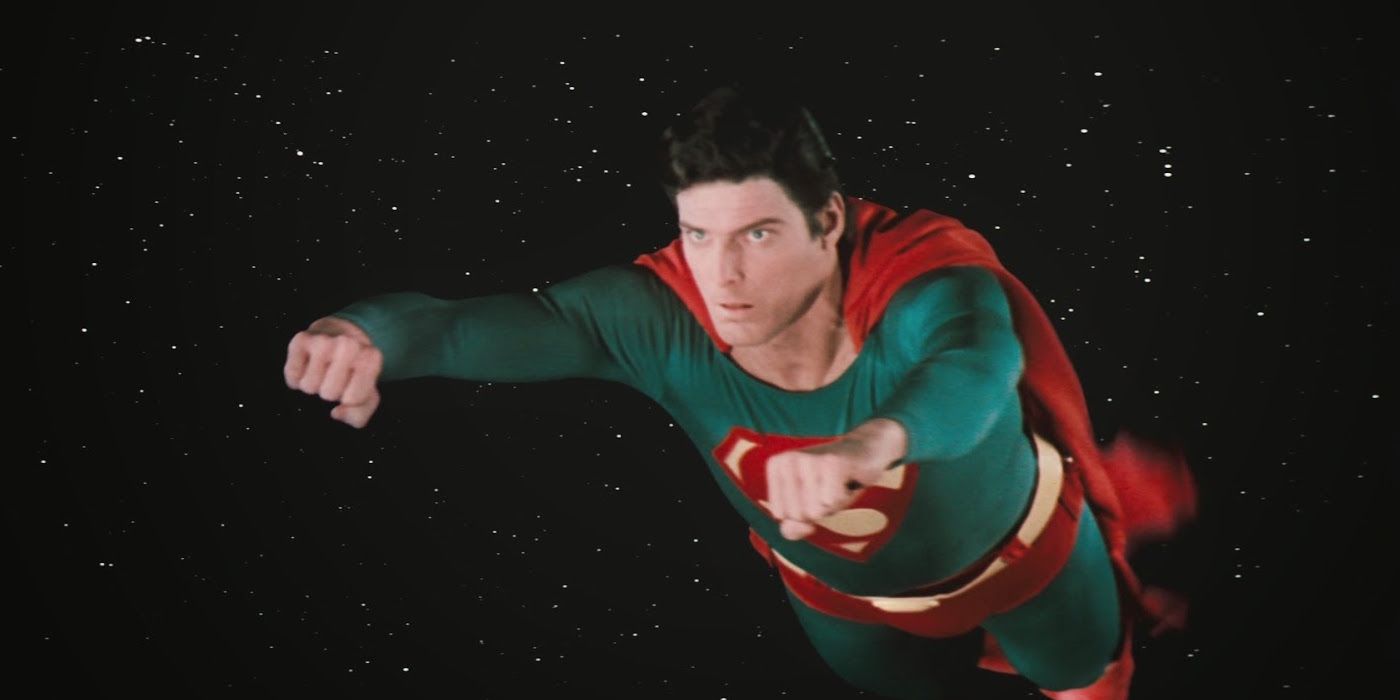
Many older superhero movies struggle to stand the test of time given the advanced movie technology that exists for modern day superhero films. In 1987, though, Superman IV: Quest for Peace was already seen as a visually shoddy movie. The filmmakers had their work cut out for them, as they had a much lower budget than the previous Christopher Reeve Superman movies.
Much of the movie takes place in space, but all of the scenes look unbelievably fake, from the spaceship scene in the beginning to the climactic moon battle between Superman and Nuclear Man. Placing much of the story in space seems like a mistake. A lower production value meant the CGI couldn't do what it needed to do in the countless space scenes.
3 Saved: Ferries (The Dark Knight)
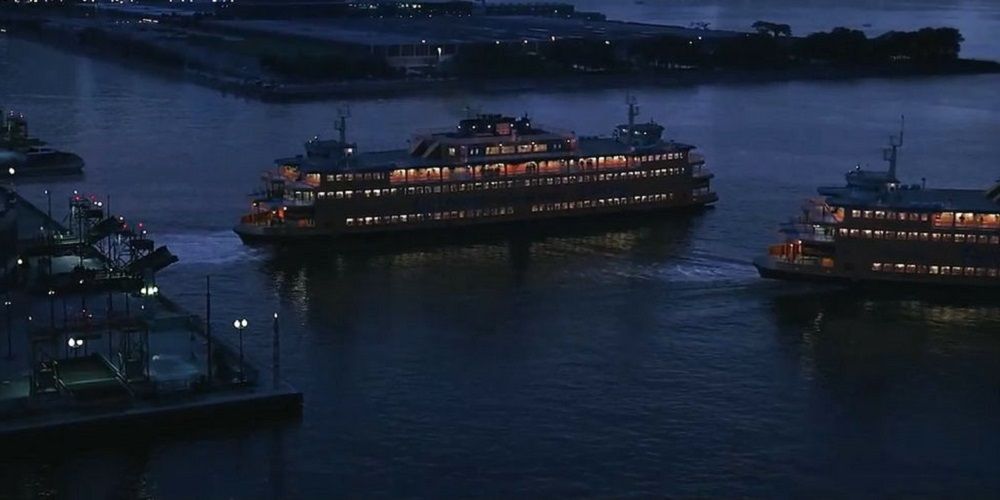
Christopher Nolan's Dark Knight trilogy used CGI sparingly, which meant any time they used it was with good reason. One such instance was when CGI was used to extend the ferries in The Dark Knight.
The scene in question happens when Gotham evacuates many of its citizens on one ferry and the city inmates on another, as Gotham falls further into the hands of the Joker. The Joker rigged both ferries with explosives, giving the citizens a chance to detonate the explosives on the inmates' ferry and a chance for the inmates to do the same for the citizens, threatening that he'd blow both up if no one on either ferry triggered the explosives. The ferries used to film the scene were a bit small. CGI was used to extend them, making them look large enough to actually be carrying the extensive number of citizens and inmates being evacuated from Gotham.
2 Hurt: Wonder Woman-Ares Final Battle (Wonder Woman)
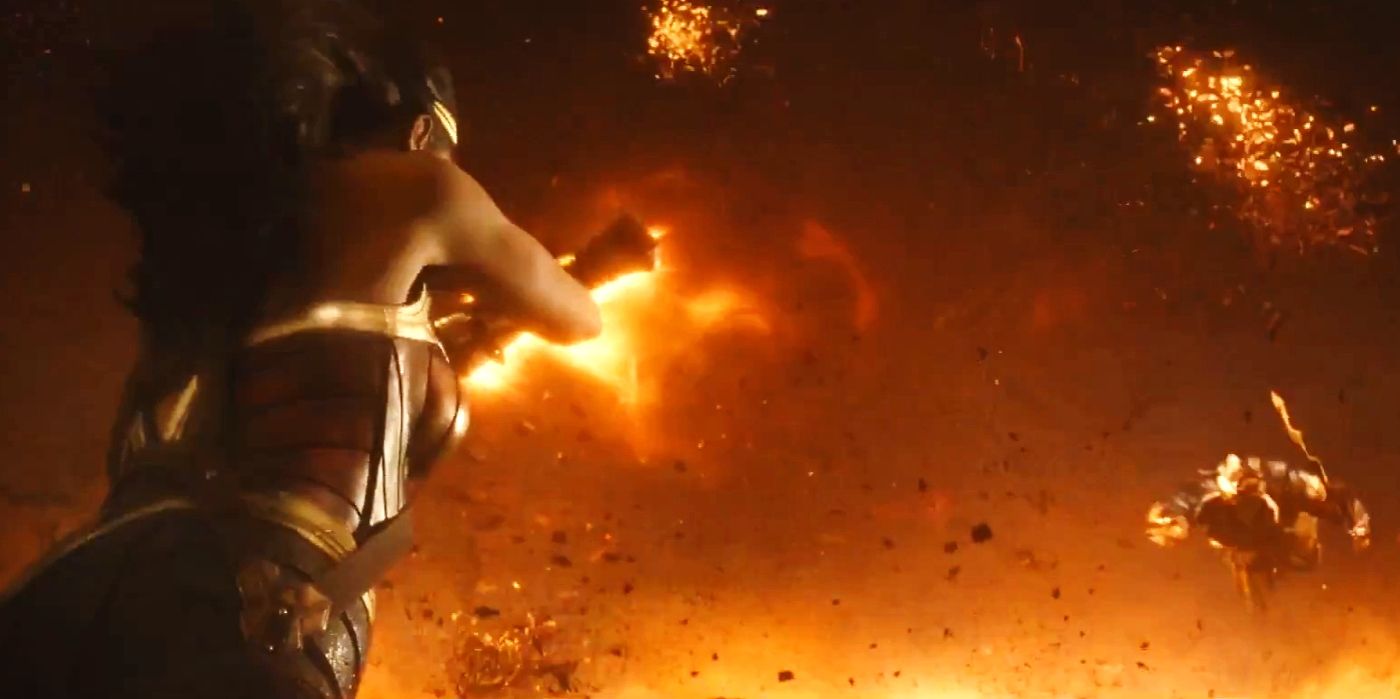
Wonder Woman is not only the most praised movie in the DCEU, but also one of the most praised superhero films of all time. Even the most well-received movies have their criticisms, though. The most common one surrounding Wonder Woman is the overblown CGI in the final battle between her and Ares. Some CGI is understandable, considering that two gods are fighting it out, but the excess of it is another matter.
It felt jarring after Diana spent the whole movie fighting human soldiers in a more grounded matter. Wonder Woman defied so many superhero movie tropes, making it all the more disappointing to see it succumb to one of the most common in a big over-the-top CGI battle at the end. Stylistically, it was more reminiscent of the battles in previous DCEU movies, even though most of the movie up to that point had a very different approach to fight scenes.
1 Saved: General Zod's Armor (Man Of Steel)
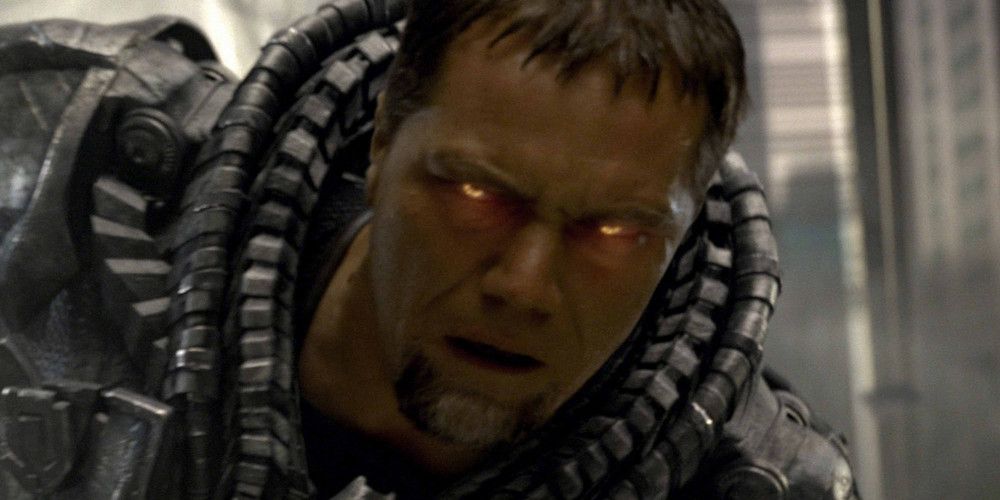
When done right, CGI can be an effective tool in creating a character's costume. This can be seen in the case of Man of Steel, where CGI was used to depict General Zod's armor. Michael Shannon gave a terrific performance in Man of Steel and is arguably the most compelling villain yet in the DCEU. Part of what allowed this to happen was the physicality he brought to his role, something he was able to do without being bogged down by a cumbersome costume.
The CGI armor was added in post-production, which allowed Shannon more mobility as he delivered his fantastic performance. The CGI looked authentic as well, containing intricate detail and acting as a perfect fit for the formidable General Zod. It looked like it could be a practical costume design, which should always be the goal with a CGI costume.
---
What other crazy CGI from DC movies did we miss? Let us know in the comments!
from ScreenRant - Feed https://ift.tt/2DdZBW5





No comments: